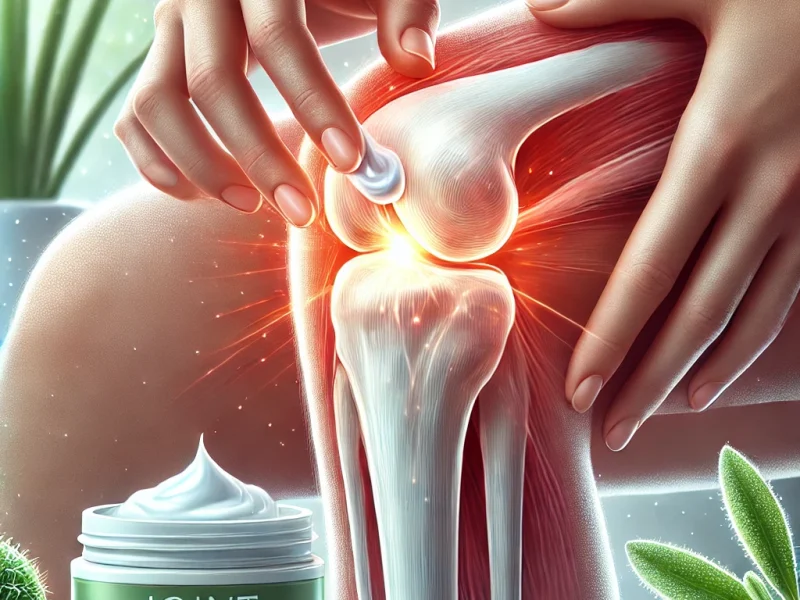Yeast infections are a common issue that many individuals, especially women, experience at some point in their lives. They occur when an overgrowth of Candida, a type of fungus, develops in the vaginal area, causing itching, irritation, burning, and discharge. Fortunately, over-the-counter (OTC) and prescription antifungal creams are available to effectively treat yeast infections. In this article, we will discuss the best creams for treating yeast infections, how they work, and factors to consider when choosing the right treatment.
Table of Contents
Understanding Yeast Infections
A yeast infection, also known as vaginal candidiasis, is caused by an imbalance in the natural flora of the vagina, leading to excessive growth of Candida fungi. Several factors contribute to this imbalance, including antibiotic use, hormonal changes, weakened immune systems, pregnancy, diabetes, and poor hygiene. Symptoms of a yeast infection include:
- Intense itching in the vaginal area
- Thick, white, cottage cheese-like discharge
- Burning sensation during urination or intercourse
- Redness and swelling of the vaginal tissue
Antifungal creams are one of the most effective ways to treat yeast infections, offering relief from symptoms and eliminating the fungus causing the infection.
Top Antifungal Creams for Yeast Infections
1. Monistat (Miconazole Nitrate)
Monistat is one of the most popular and widely used OTC treatments for yeast infections. It contains miconazole nitrate, an antifungal agent that inhibits the growth of Candida. Monistat is available in 1-day, 3-day, and 7-day treatment options, with the 1-day treatment offering a higher concentration of medication for faster relief. It comes in cream and suppository form, making it a convenient choice for users.
2. Clotrimazole (Lotrimin, Gyne-Lotrimin)
Clotrimazole is another effective antifungal cream available without a prescription. It works by disrupting the cell membrane of the yeast, preventing its growth. Clotrimazole is typically used as a 3-day or 7-day treatment, with many women finding it effective in alleviating symptoms quickly. It is available in vaginal cream and tablet forms.
3. Tioconazole (Vagistat-1)
Tioconazole is a single-dose treatment for yeast infections. It is a powerful antifungal agent that effectively eliminates Candida overgrowth. Vagistat-1 is a great option for those looking for a short and potent treatment option. However, some users may experience mild irritation or discomfort after application.
4. Terconazole (Terazol)
Terconazole is a prescription antifungal cream used for more persistent or severe yeast infections. It is available in 3-day and 7-day treatment regimens. Terazol is highly effective and provides relief from symptoms within a few days of use.
5. Nystatin Cream
Nystatin is a prescription antifungal cream that is particularly effective for treating yeast infections resistant to standard OTC treatments. It works by binding to the fungal cell membrane, causing the yeast to break down and die. This cream is commonly prescribed for individuals who experience recurrent yeast infections.
Factors to Consider When Choosing a Yeast Infection Cream
When selecting a yeast infection cream, consider the following factors:
- Severity of Symptoms: If symptoms are mild, a 3-day or 7-day OTC treatment may be sufficient. Severe infections may require a prescription-strength medication.
- Sensitivity to Ingredients: Some creams may cause irritation or burning in sensitive individuals. If you have a history of skin sensitivity, opt for a milder treatment.
- Treatment Duration: Choose between single-dose, 3-day, and 7-day treatments based on convenience and severity of infection.
- Prescription vs. OTC: OTC creams are effective for most yeast infections, but prescription options may be needed for recurrent or resistant infections.
How to Use Antifungal Creams Effectively
To ensure successful treatment, follow these steps when using an antifungal cream:
- Read the Instructions: Always follow the usage guidelines provided with the cream.
- Apply Before Bedtime: Most creams are best applied at night to allow them to work while you sleep.
- Use the Applicator (If Provided): Many creams come with an applicator to help insert the medication properly.
- Complete the Full Course: Even if symptoms subside early, complete the full treatment to prevent recurrence.
- Practice Good Hygiene: Wear breathable cotton underwear and avoid douching, scented feminine products, and tight clothing to prevent reinfection.
When to See a Doctor
While antifungal creams effectively treat most yeast infections, there are situations where medical attention is necessary. You should consult a healthcare provider if:
- Symptoms persist despite treatment
- You experience frequent yeast infections (more than four per year)
- You have underlying conditions like diabetes or a weakened immune system
- You are pregnant and need safe treatment options
Conclusion
Yeast infections are uncomfortable but treatable with the right antifungal cream. OTC options like Monistat, Clotrimazole, and Tioconazole provide effective relief, while prescription-strength treatments like Terconazole and Nystatin are ideal for severe or recurrent infections. Choosing the best treatment depends on your symptoms, sensitivity, and preferred duration of therapy. If your infection persists or worsens, seek medical advice to rule out other underlying conditions. By using antifungal creams correctly and maintaining proper vaginal health, you can effectively manage and prevent yeast infections.


